The central database(blue) will hold all customer data of the project.
The local databases(green) will be deployed at the physical locations containing a copy of the customer databases. Multiple stores can be deployed across geographical areas (A, B,...N) to allow customers to register and make purchases.
When a customer is registered at a local store, it should be updated in the central database with the purchase history. When a customer is registered, his purchase history should also be available in other stores.
For example, in the morning, a customer can purchase from store A, and afterward, customers should be able to purchase from store B/C or any other without registering again.
MySQL will be used as the database.
Advise is expected,
- Is there a database architecture or pattern that we can achieve this?
- What's the best approach to implement this?
Referred: Database Architecture, Central and/vs Localized Server
